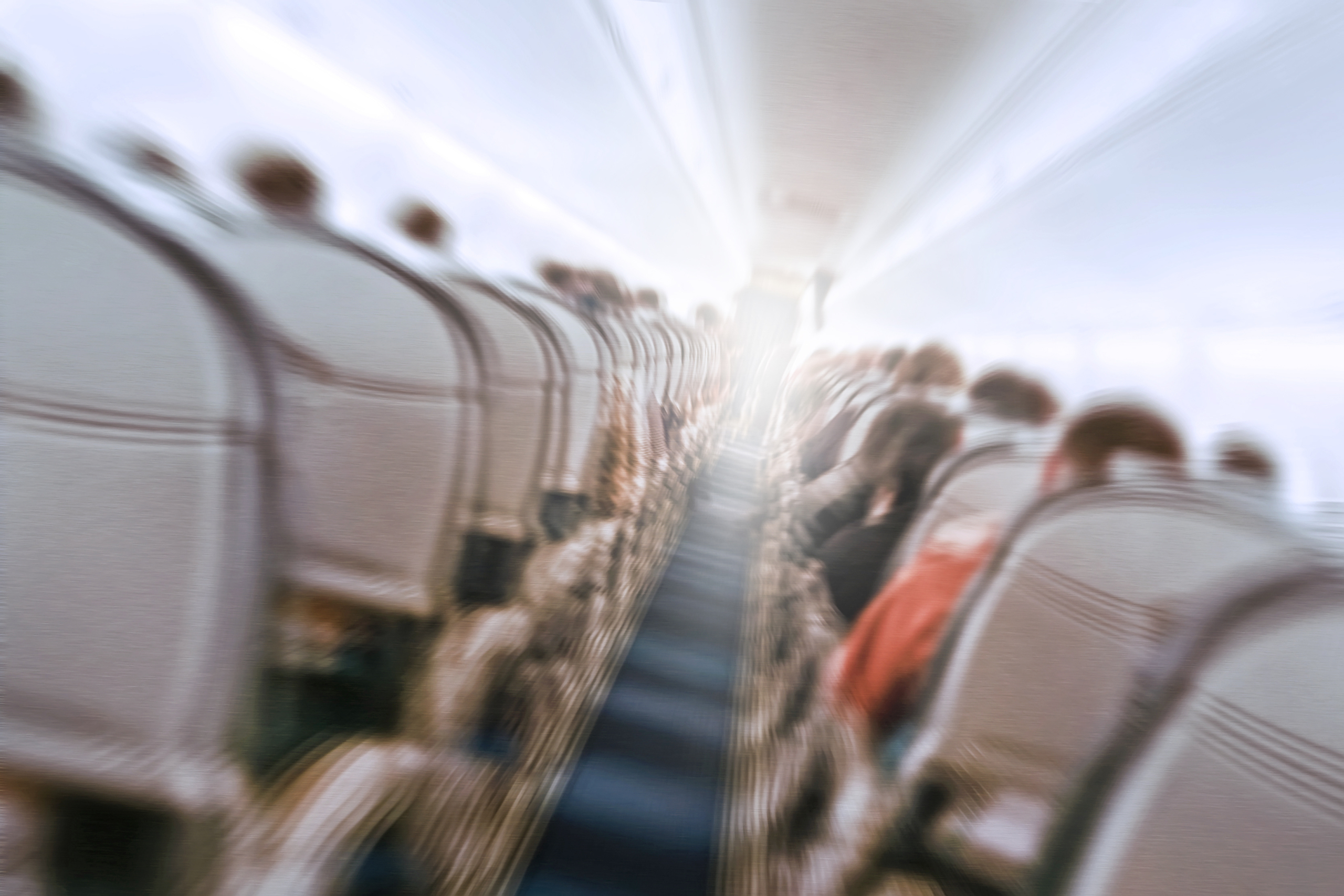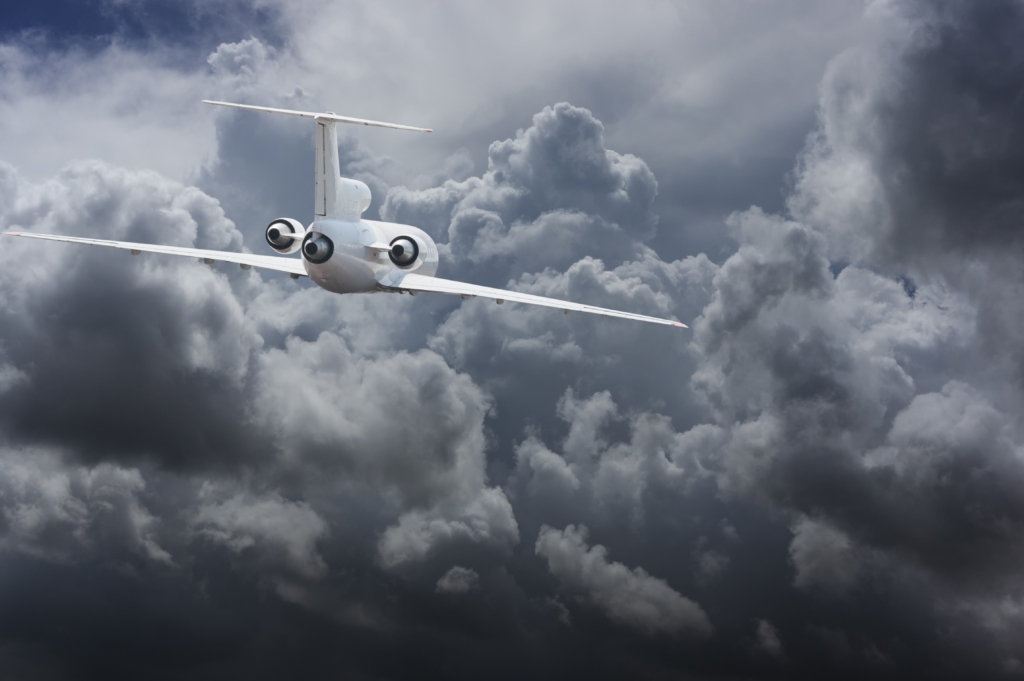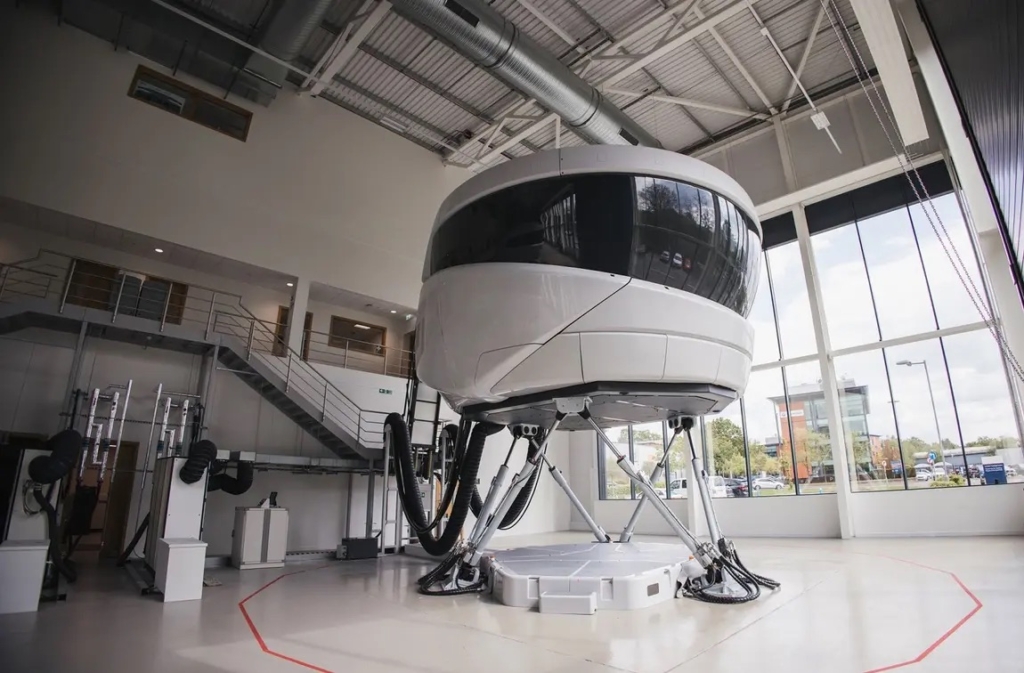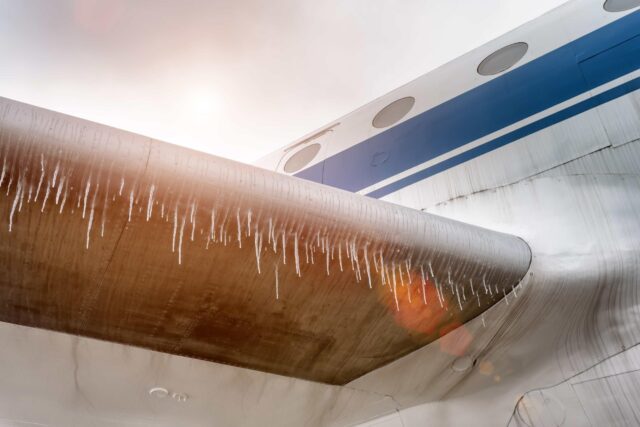What causes turbulence and how are pilots trained to avoid it?

November 8, 2025

For many passengers, turbulence is one of the trickiest parts of flying. That sudden bump, the brief flutter in your stomach and the shaking of the cabin can make even experienced travellers more than a little nervous. But as with most things, a little knowledge can go a long way.
Understanding turbulence
Turbulence happens when the air around an aircraft moves unevenly, causing erratic, jerky movements. While it’s really common, there’s rarely any danger to modern aircraft designed to deal with it.
Meteorologists and aviation experts classify turbulence into several types:
Clear air turbulence
Clear air turbulence often occurs at high altitudes above 20,000 feet and is associated with jetstreams and wind shear. It’s especially challenging because it can appear suddenly, without any clouds or obvious signs to warn pilots.
Thermal turbulence
Caused by rising warm air, this type of turbulence is most common during hot weather or over landmasses that absorb heat rapidly, like deserts. The uneven heating of the Earth’s surface creates pockets of rising air that jostle the aircraft.

Mechanical turbulence
Mechanical turbulence happens when airflow is disrupted by terrain such as mountains or tall buildings. The air flowing over these obstructions becomes irregular and can cause short-lived sensations of turbulence. It’s most noticeable during take-off and landing.
Frontal turbulence
This type happens when a mass of warm air meets a mass of cold air, creating unstable conditions. Thunderstorms can make it even stronger, leading to more severe movement of the aircraft.
Wake turbulence
Wake turbulence is the disturbed air left behind by an aircraft, especially large ones. It forms swirling patterns from the wingtips and can be strong, even miles behind. Pilots must avoid it because flying into another aircraft’s wake can make the aircraft suddenly roll or shake, which is why air traffic controllers carefully space planes apart. It’s essentially the invisible “wake” a plane leaves in the sky.
How are pilots trained to manage turbulence?
In short: Pilot training.
In real life, pilots don’t just hope for smooth skies; they train extensively to handle turbulence safely and confidently. Their preparation combines classroom learning, simulator practice, and real-world flying experience.
During training, pilots study weather patterns, atmospheric conditions and the physics of flight. They also learn to read weather charts, interpret satellite imagery and use reports from other aircraft to anticipate where turbulence might occur.

Simulator sessions are another key part of this process, allowing pilots to experience everything from gentle bumps to sudden, severe jolts in a safe, controlled environment. Practising these scenarios helps them develop the reflexes and decision-making skills needed to keep the aircraft steady and passengers comfortable.
The role of technology in turbulence
Once on the flight deck, pilots have technology at hand to stay ahead of turbulence. They can then adjust their route, altitude or speed to avoid or soften the bumps.
Key pieces of tech include:
Onboard Weather Radar (Weather Radar System)
Radar systems detect storm cells and unstable air that could signal turbulence up ahead.
Aircraft Communications Addressing and Reporting System (ACARS)
ACARS allows pilots to receive real-time weather updates, pilot reports (PIREPs) and information from air traffic control.
Airborne Weather Radar
These advanced radar systems can detect wind shear and turbulence within weather systems.
PIREPs (Pilot Reports)
Other pilots in the area can share information about cloud conditions or wind changes they’ve actually encountered that have caused turbulence.
Flight Management System (FMS) Weather Integration
Modern FMS units can integrate weather data into the route planning, helping to anticipate turbulence along the flight path.
SATCOM and VHF Weather Data Links
These provide real-time updates on atmospheric conditions, including turbulence forecasts.
Onboard Inertial Reference Systems (IRS) and Air Data Computers (ADC)
While not directly predicting turbulence, IRS and ADC systems detect sudden changes in aircraft acceleration or airspeed, helping pilots respond quickly to unexpected turbulence.
SIGMET (Significant Meteorological Information) & AIRMET (Airmen’s Meteorological Information)
These are official meteorological warnings that indicate potential or forecast turbulence along a route.
All of these pieces of information are regularly monitored in flight, so if turbulence is likely, the seatbelt signs can be activated and everyone can buckle up in good time.

Unnerving – but very rarely dangerous
Turbulence can feel unsettling, but modern aircraft are designed to handle it. With advanced training, innovation and monitoring, pilots are well-equipped to navigate the lumps and bumps.
Understanding what causes turbulence – and how pilots work with it – can help passengers feel more at ease. Ultimately, it’s a normal part of flying.
Featured image: Adobe Stock
















